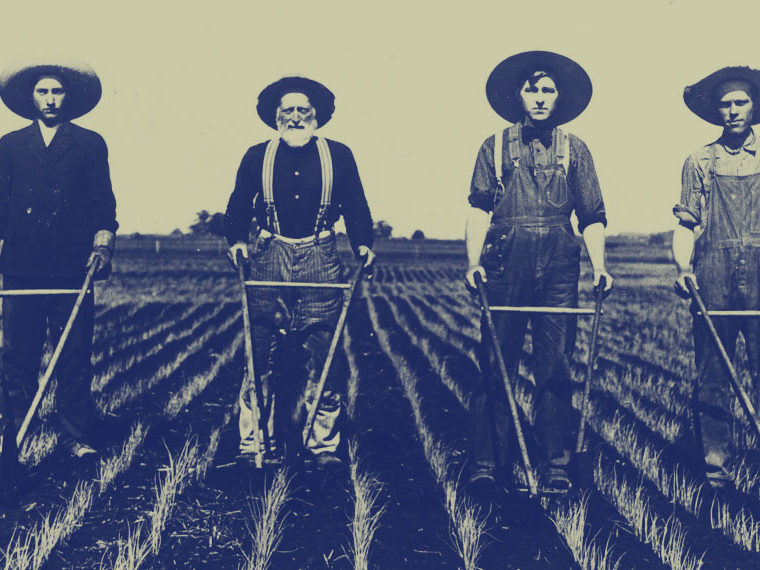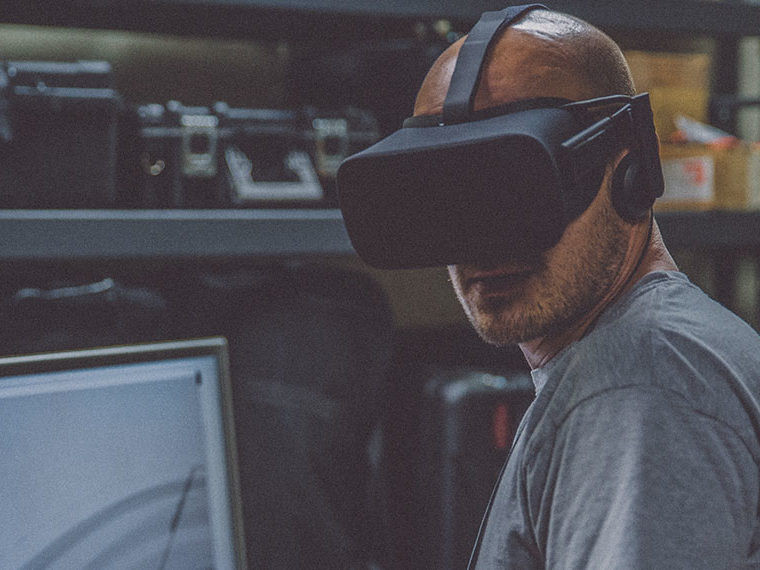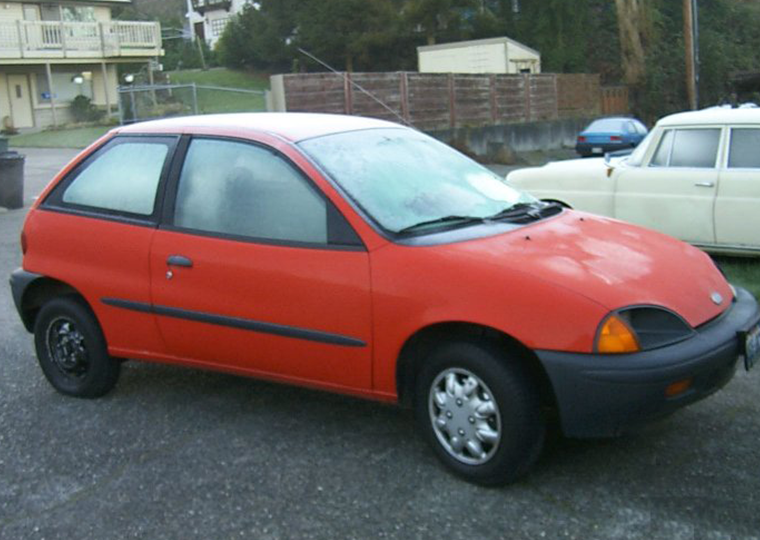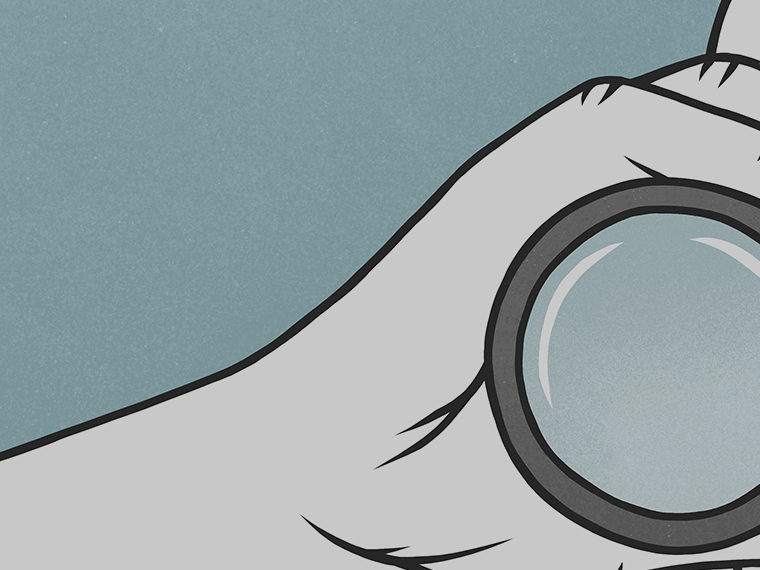Rakesh Sarin creates a model that shows consumer “ambiguity” about product quality should drive marketing and brand management strategy
Brand loyalty is, at its core, a very efficient consumer hack. When faced with deciding between competing products and services we’re often compelled to cut to the chase and stick with what we know. That not only saves us time, it saves us the risk of trying something new that might not live up to our expectations.
But while brand loyalty is a mighty force field around consumer decisions, it is not impenetrable. Research by University College of London’s Onesun Steve Yoo and UCLA Anderson’s Rakesh Sarin provides a nuanced look at this “boundedly rational” process that can provide strategic insights for marketers.
They developed a model that explores the interplay between our default position of preferring a known product or service (predisposition) and our ability to compare it to another option (the level of ambiguity in assessing the quality of product A versus product B).
Opt In to the Review Monthly Email Update.
When the predisposition toward a product or service involves a highly subjective process of quality assessment (that is, high ambiguity), we’re likely to be less price-sensitive. Without clear metrics to help us change our mind, we fall back on the familiar.
As an example, Yoo and Sarin serve up the first-world challenge of planning a vacation. You have been to Resort A and had a great time. In the researchers’ vernacular, you have a predisposition to Resort A. But you see that Resort B is offering a better deal, and its quality — as best you can assess from marketing materials and online reviews — seems comparable to A’s. But, hey, this is your one big vacation for the year, and you can’t be sure that Resort B will live up to — or exceed — what you know you’re going to find at Resort A. It’s a judgment call. Making this decision is rife with ambiguity. So you book a return to Resort A. Price is not the monolithic driver in a decision influenced by greater ambiguity about quality.
“We show that when ambiguity is high or the customer base is more partisan, price competition between firms diminishes and higher prices result,” the authors report in their research, published online in Marketing Science. “This outcome arises because the interaction of predisposition and ambiguity creates decision inertia for consumers, and the demand for each firm becomes ’stickier’ and less responsive to price changes.”
As a marketing strategy, if you’ve got a highly complex (subjective) product, providing more tools for the consumer to comparison shop can backfire. “Any gain in market share from reducing ambiguity may be offset by the lower price resulting from greater price competition.”
Their model also suggests a marketing path for startups, or new products. If the quality assessment of what you’re selling leans toward the highly subjective and therefore makes an apples-to-apples comparison impractical, reducing that ambiguity is not necessarily the way to go.
“For complex products with nonoverlapping attributes for which quality comparisons are inherently more difficult (e.g., vacation resorts), the higher-quality firm may find it profitable to tolerate ambiguity. Marketing efforts could then be devoted to increasing predisposition rather than to reducing ambiguity.” Hello, rewards programs.
But if your product or service lends itself to a more data-driven apples-to-apples comparison, Yoo and Sarin’s research suggests you might want to make reducing the ambiguity a central marketing message.
Bayer aspirin, Duracell batteries, Morton salt and Windex spray cleaner continue to ride their name-brand armies of predisposed consumers to plenty of revenue. Yet informed buyers (say, hospital purchasing departments or professional chefs) don’t pay up for a basic commodity that can be bought for less.
That can be an effective marketing focus for consumer-based products whose tangible evidence can be used to gauge quality. Playing up your value proposition — showing your aspirin or window cleaner has the same ingredients, or your battery life is competitive but comes at a lower price point — can sway a consumer from her predisposition toward a known product. That’s clearly at play in the rising market share of private-label brands, such as Whole Foods 365.
Featured Faculty
-
Rakesh Sarin
Professor of Decisions, Operations, and Technology Management; Paine Chair in Management
About the Research
Yoo, O.S, & Sarin, R. (2018). Consumer choice and market outcomes under ambiguity in product quality. Marketing Science, 37(3), 445–468. doi: 10.1287/mksc.2017.1069






